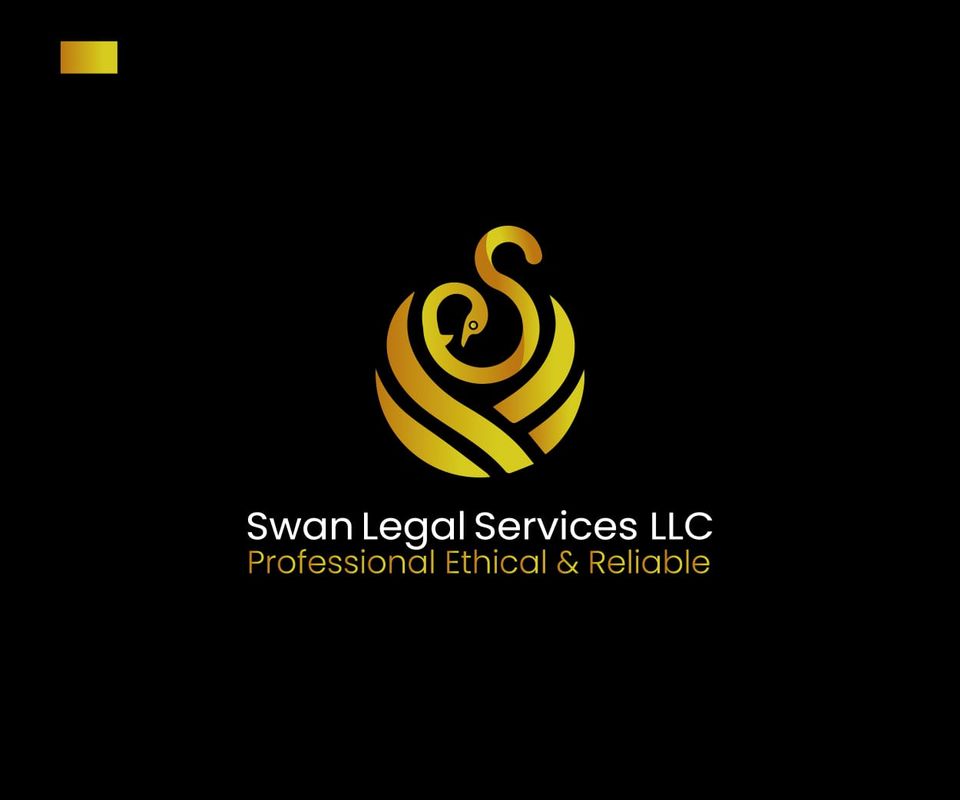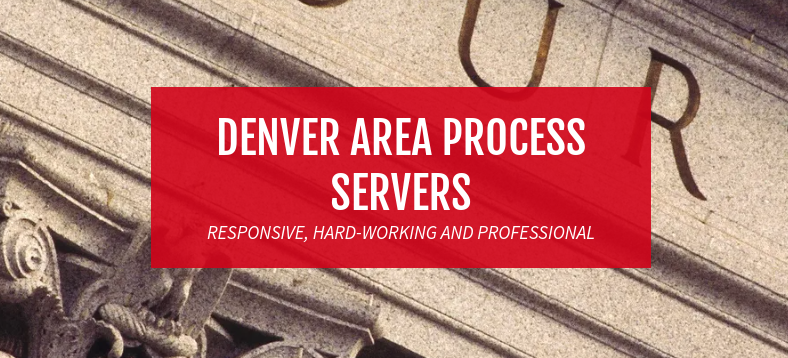High eviction rates, in Wisconsin, are getting statewide attention.
High eviction rates, particularly in southeast Wisconsin, are getting statewide attention.
The Wisconsin Policy Forum has issued two reports, one looking at the issue statewide and another taking a closer look at evictions in Milwaukee, with proposals for solutions.
Meanwhile in Racine, Continuum of Care, a countywide umbrella organization that works with several homeless aid and prevention groups, has been collaborating with area partners to develop a strategy for addressing evictions and helping people find stable housing. This follows a four-day series The Journal Times ran in July on evictions in Racine.
NationalEvictions.com – Information for Landlords and Tenants on Evictions. Defending them and Filing them. Read and learn your rights!
A complicated picture
In its statewide analysis of evictions, the Policy Forum came to several findings. For example, while many equate eviction rates with poverty, the Policy Forum found the out of the state’s top 10 counties for highest eviction rates, “half had poverty rates above the statewide average and half below.”
In September, the Policy Forum analyzed rent burden, which is when rent takes up more 30 percent of a household’s income, across the state. It found that Racine County, which has the highest eviction rate, was only seventh in the state for percentage of the population that is rent-burdened.
Racine isn’t the most rent-burdened county in the state, but it’s close
In its eviction analysis, the Policy Forum found no direct correlation between rent burden and eviction rates statewide. In fact, only four counties had both eviction and rent burden rates above statewide averages: Racine, Kenosha, Milwaukee and Rock counties.
One hypothesis for why some counties with a high percentage of rent-burdened households did not have eviction rates was because they had large student populations, such as in Dane, Eau Claire and La Crosse counties.
While La Crosse’s eviction rate is not as high as other counties, a recent La Crosse Tribune report investigated why the eviction rate has increased by 40 percent since 2012. Stephanie Gohres, lead case manager at The Salvation Army in La Crosse, attributes the increase in evictions to lack of affordable housing and Downtown revitalization projects that price families out of their homes through an increase in rent. The organization helped 50 households to avoid eviction through budget counseling and financial aid in the past year, Gohres said.
Milwaukee
Milwaukee was the setting of the Pulitzer Prize-winning book “Evicted” by Matthew Desmond, the founder of The Eviction Lab. Although “Evicted” was published in 2016, Desmond told a Milwaukee media outlet in May that the crisis “remains unchanged.”
The Policy Forum facilitated five meetings with stakeholders — organizations that assist households to prevent or recover from evictions — to study the extent of the problem and propose solutions to promote housing stability.
While Milwaukee and Milwaukee County’s eviction rates are not as high per capita as Racine’s, they do evict the highest number of people in the state. They are also, of course, the most populated county and municipality in the state. According to the Eviction Lab’s data, the City of Milwaukee issued 5,687 evictions and Milwaukee County issued 6,313 evictions in 2016.
Those rates varied between different census tracts. The Policy Forum reported that in 2016 in some census tracts more than one in ten households was evicted.
After examining the situation and the resources available, the Policy Forum offered five improvements that could help reduce evictions:
- More coordination of eviction prevention services in Milwaukee so that organizations working on the issue can address the problem collectively.
- Establishment of a “one-stop shop” for both tenants and landlords for information and assistance.
- More financial assistance for temporary situations when someone is unable to pay their rent due to an unexpected expense.
- Increased use of mediation services and more legal representation for tenants.
- Better awareness of eviction prevention resources in the community.
Racine
Racine’s “one-stop shop” for housing support, Continuum of Care, has been meeting with stakeholders, including representatives from the city and the county, since August to formulate its strategic plan for 2019.
“We’ve known that there’s been a problem for a number of years,” said Continuum of Care President Ron Thomas. “But it’s definitely something that needed to be addressed, and obviously there’s a lot of complexities with it.”
The plan is scheduled to be presented at a meeting that is open to the public from 9 a.m. to noon on Jan. 18 at the United Way of Racine County office, 2000 Domanik Drive, Racine.
Continuum of Care’s philosophy is about addressing people’s issues holistically — looking at how housing and homeless intersect with health, education and economic realities.
“We know the eviction situation ties into economics, ties into income, as well as health care, hunger, these types of things,” said Thomas. “We feel that all of these things are part and parcel, and all of these things have to be addressed.”
Some of the broad issues Thomas said they focused on while developing the strategic plan were how to break the cycle of evictions as well as stereotypes surrounding eviction, poverty and homelessness and how they could better administer funds for rental assistance.
One area Thomas said local homeless advocates hope to improve this year is to receive more financial support for rental assistance. With state and federal funds for such programs dwindling, Thomas said he would like to receive more local contributions.
“We know (federal and state funds) are necessary, but I’d like to see on a communitywide level that we recognize the challenges that we have,” said Thomas.




 Professional tenants are a landlord’s worst nightmare, the ones you read about in the newspaper. These individuals are notorious for cheating the system and using loopholes, leaving landlord’s with lost rental income, a damaged property, and a huge headache. They will complain about the smallest of messes and become the largest hassles.
Professional tenants are a landlord’s worst nightmare, the ones you read about in the newspaper. These individuals are notorious for cheating the system and using loopholes, leaving landlord’s with lost rental income, a damaged property, and a huge headache. They will complain about the smallest of messes and become the largest hassles.









